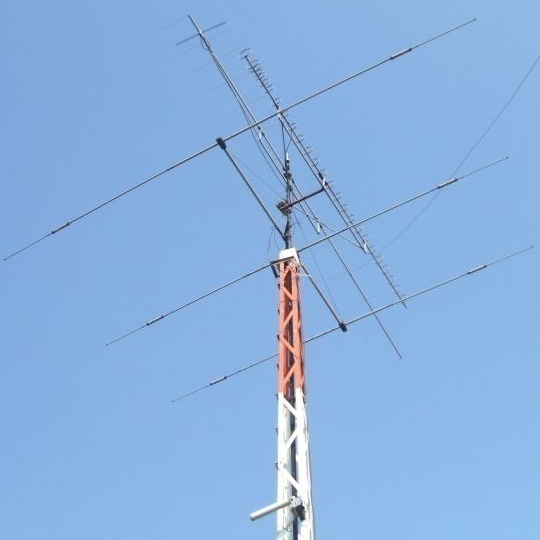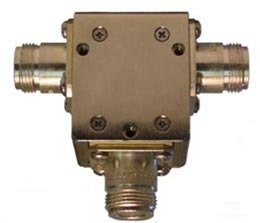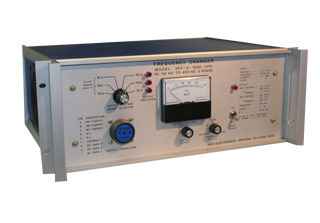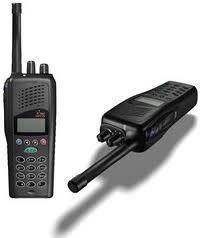
A Ham radio antenna tower is usually a metal tower that hams use to support their antennas. There's also an interesting story behind birth of the terms Ham or amateur radio. The actual signification of the term 'ham' was lost but there are several theories that explain its provenience. For example some say it was an insult at first, others say it's just the simplified version of the term amateur and so on.
In order to understand what a Antenna Tower is, you must understand what it's used for, and to understand that one should know what do 'hams' (as the amateur radio operators call themselves) actually do. First of all, in oder to become a 'ham' you need to have an Amateur Radio Operator. Now there are over 2.5 million amateur radio operators with a license. As a consequence of being a licensed amateur radio operator you must oblige the FCC (Federal Communications Commission) regulation. These regulations include standards for both equipment used and radio frequencies used; consequently the antenna tower must oblige the FCC regulations too.
The purpose of an antenna tower is to sustain the antenna that 'hams' need to communicate with. With towers 'hams' use larger antennas that are required by the longer wavelengths of lower frequencies, but in general all kinds of antennas are used. The average 146-MHz (2-meter) antenna is a 19 inch long quarter wave whip, but hams are known to use a variety of other antennas and even cheaper solutions (such as aluminum ladders, flagpoles with buried coaxial cable, etc). In any case it's important to know what kind of antenna you are going to use for it will significantly influence the tower you will use.
There are many factors that one must take into account of when talking about an antenna tower, such as the type and size of the antenna, the weather in the region the tower is going to be installed, the wind-load rating of the area (for United States towers rated to sustain a wind-load of at least 87 mph should be fine) and so on. The terrain on which the tower will be installed is also very important, as are the installation processes and the constant maintenance of the tower. Other additional features are also important, for example some producers equip their towers with systems that put up and bring down the antenna automatically so you don't need to climb the tower yourself. Antenna towers can be installed directly on the ground or on top of houses or other buildings. House top antenna towers are generally used by starting 'hams' that lack both the resources and the experience to install a bigger, standalone antenna tower. However this is not necessarily the case, seasoned 'hams' use sometimes house top towers when their main antenna tower gets too crowded.
So, when talking about antenna towers you should keep in mind what antenna you're going to use, where are you going to install the tower, the weather in your area and of course your own experience with towers and antennas.




etta.bartlett2
=
JohnJohnJ
Author, odd article. You’re clearly not a ham. And when you say things like “…First of all, in oder to become a ‘ham’ you need to have an Amateur Radio Operator…”, it tells me you didn’t proof your own article. In this excerpt you meant to say license. Your article doesn’t stay on point either.
Larry Hughes
My daughter purchased a nome which has a 75′ steel tower with a 24″ side face. Triangular in shape. Located in Damascus MD which is 30 miles north of Washington DC. What are some good sources to sell this tower? 717 713-8531
Sam
Can Ham radio antennas pick up TV signals??
JohnJohnJ
Some ham radio VHF antennas could pick up TV signals if you were located in a large city near to the broadcast TV transmitters. Ham radio operators can also operate their own TV stations as specified by FCC regulations.